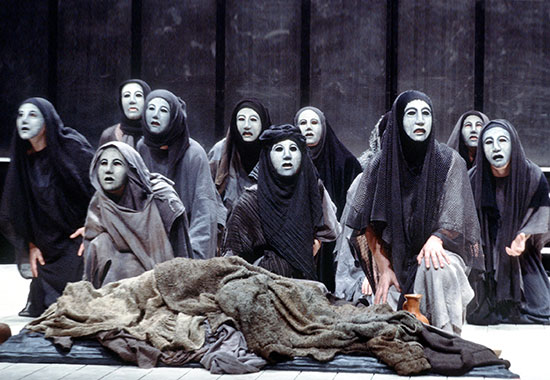Epilogues: Your Story Garnish
Most prologues in books I’ve read lately don’t work for me. Not so for epilogues. I’m all for them. As the title image suggests, epilogues can be the orange twist atop your martini. Or, if you’re a non-drinker, the cherry on your cake.
See: Prologues: Does Your Story Need One?
Every story doesn’t need to have an epilogue. But some stories do call for a bit of garnish. A finishing taste.
Epilogues: Their Functions
An epilogue does one of three main things.
One. The epilogue can make a bow out of loose ends
Let’s say that, in your final scene, your hero and heroine finally realize they belong together. This realization is the end of your narrative arc.
However, you the author may wish to write – and your reader may wish to read – the next logical event. Yes, the wedding.
Four Weddings and a Funeral (1994) features 4 star-crossed lovers plus one pair who doth part through death. In the end the stars align above the first four pairs, and the bereft singleton finds a new partner. So the epilogue is a montage of still shots of the happy bridal couples. (Which includes the unlucky-in-love character played by Kristen Scott Thomas in a faked wedding photo with Princes Charles.)
Two. The epilogue can function as a Where Are They Now? feature
American Graffiti (1973) gives us the story of a group of recent high school grads. They spend the night cruising their small town in California. The year is 1962.
The final image updates the audience on the fates of the four main characters.
Their four fates could not be more divergent. And that’s life.
J.K. Rowling wrote such an epilogue at the end of the eighth and final book of the Harry Potter series. It is a 19-years-later review.
Three. The epilogue can be The Moral of the Story
Greek and Elizabethan drama used the epilogue to help the audience understand the meaning of the events they had just witnessed.

We all know the story of Oedipus Rex. It is not a happy one.
The chorus delivers the final lines of the story.
You likely read them in high school. But to remind you, Oedipus ends up an unhappy man. Jocasta, his mother/wife, hangs herself.
Moral of the story? For one, it is impossible to escape your destiny. For another, count no man happy until he dies, free of pain at last.
Yikes.
Epilogues: Beware The Sequel
And a fourth possibility: The epilogue can serve as a set-up for a sequel
The final shot of The Omen (1976) is a creepy child smiling creepily. The Anti-Christ? Then we get a quote from the Book of Revelations about the Number of the Beast being 666. Now what?
This ending could be one of two things.
Either it is meant to be unsettlingly ambiguous, with Director Richard Donner and Screenwriter David Seltzer content to leave the audience in an uncomfortable state.
Or the ending is setting the ball on the tee for a sequel.
Damien: Omen II came out two years later. So, clearly, sequel bait was identified and taken. Notably neither Donner nor Seltzer participated in the project.
Horror stories, in particular, can find it difficult to resist the sequel set-up. If one hits it big, as did The Omen, the temptation to make the sequel is particularly strong. However, a ho-hum Round Two (and Three and Four, etc.) can dim the luster of the original.
Then again, a sequel might surpass the original – but that’s another story.
See: 35 Sequels Better Than the Original Movie
Epilogues: Final Thoughts
I’m all for epilogues, although I don’t often write them. I like my endings to be all wrapped up. But I have no objections to epilogues like I do for most prologues I encounter these days.
You don’t need to think of prologues and epilogues as bookends. Such that if you have an epilogue you need a prologue. Or vice versa. I understand them as having asymmetric functions.
Since my examples have come from movies (and one Greek drama), you may be interested to check out: That’s NOT All, Folks! A Brief History of the Movie Epilogue.
For more tips about writing, you’ll want to take a look at The Complete Guide for How to Write A Book.
Categorised in: Blog, Writing, Writing Tips
This post was written by Julie Tetel Andresen
You may also like these stories:
- google+
- comment



